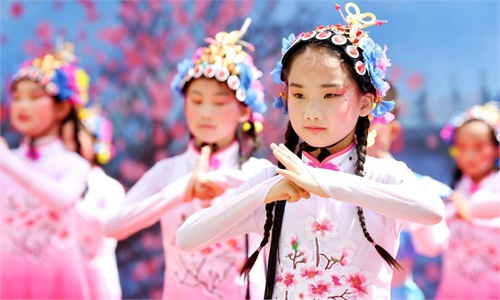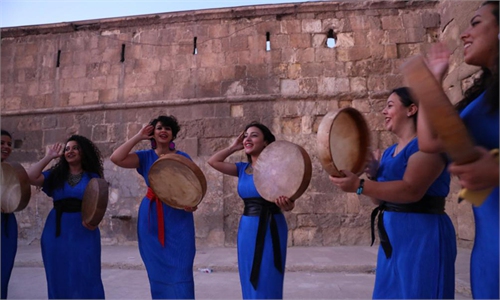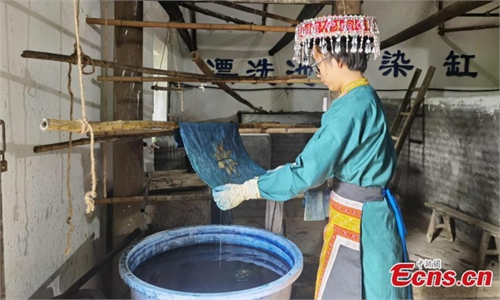Traditional Chinese designs for 2022 Winter Olympic Games promote art education: insider
As many of the designs for the 2022 Winter Olympic Games are being finalized, a number of traditional Chinese elements can be found everywhere, from the Olympic mascot and the torch to China's national team emblem. According to Yang Xiaoyang, vice chairman of the Chinese Artists Association, this combination of winter sports and Chinese art makes for a great opportunity for people to learn more about the traditional Chinese culture. Here the Global Times will examine the following five of the most representative Chinese designs for the Winter Games.
A cartoon giant panda named "Bing Dwen Dwen" and a cartoon baby red lantern "Shuey Rhon Rhon" were unveiled in 2019 as the mascots for the 2022 Beijing Winter Olympic and Paralympic Games. The Two mascots, which were revealed together at Beijing's Shougang Ice Hockey Arena, are strongly associated with the Chinese culture.
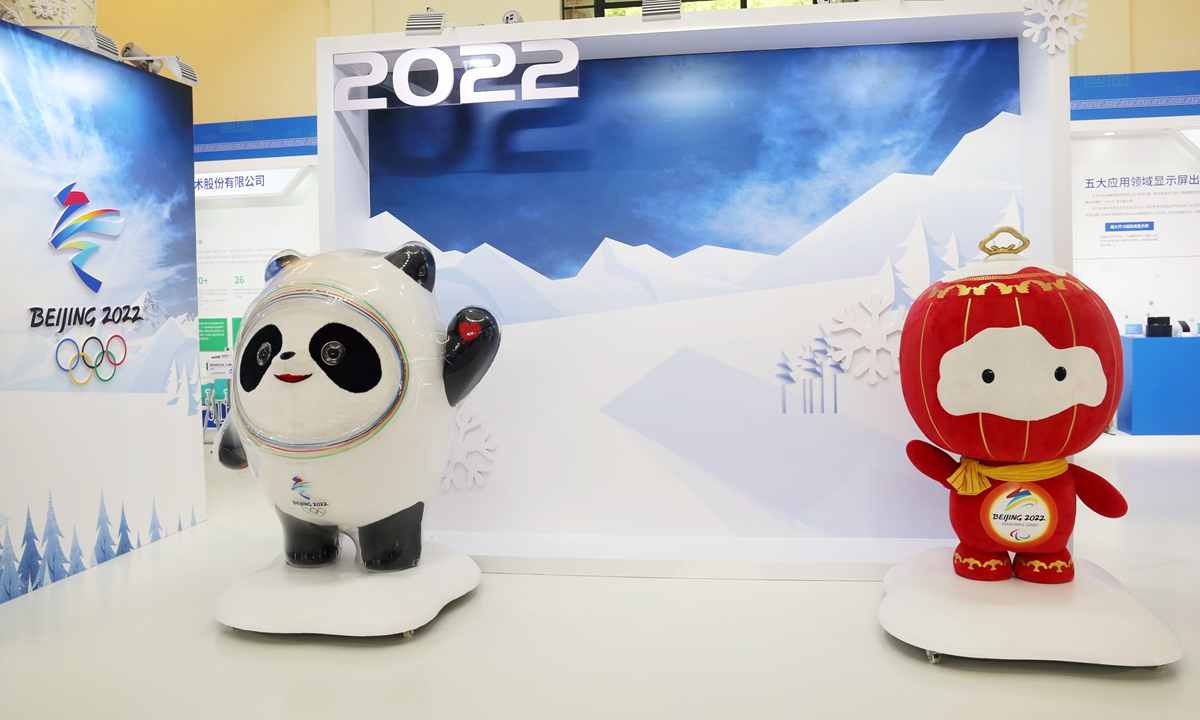
Giant pandas have been around for at least 8 million years. As a world-recognized "living fossil" as well as a national treasure, the creature once again represents China at the Olympic Games. The figure symbolizes athletes' health and strong physique, while the panda's restraint and kindness represent the balanced mind of the athletes.
The 2022 Paralympic Winter Games mascot Shuey Rhon Rhon originated from a Chinese lantern and symbolizes reunion and joy. Chinese lanterns originated in the Western Han Dynasty (206BC-AD25), more than 2,000 years ago. Schools in ancient times were opened on the first month of a year. At this time, parents would prepare a lantern for their children that would be lit by their teacher to represent wishes for a bright future. The snow on the figure's face comes from a Chinese fable in which winter snow represents the harvest for the coming year, while the deep Chinese red of its body symbolizes the Chinese New Year of 2022.
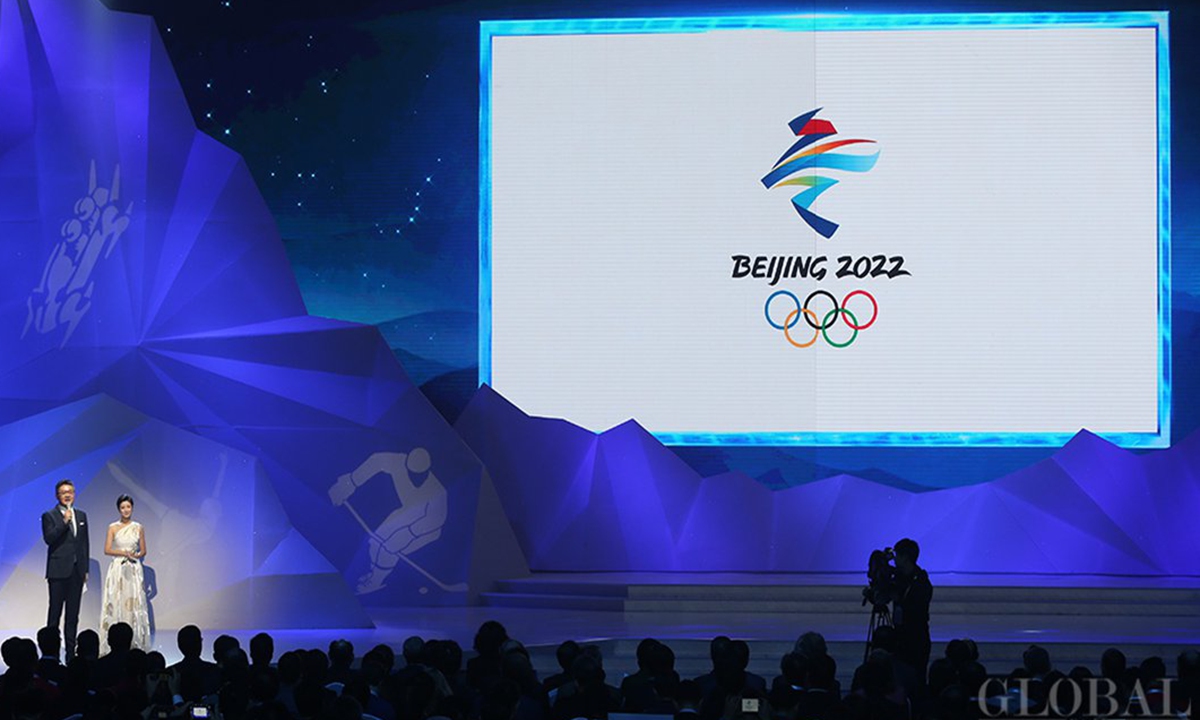
Entitled "Winter Dream," the emblem of the Beijing Olympic Winter Games is inspired by the Chinese character for "Winter" and therefore integrates an artistic form of Chinese calligraphy with a modern style.
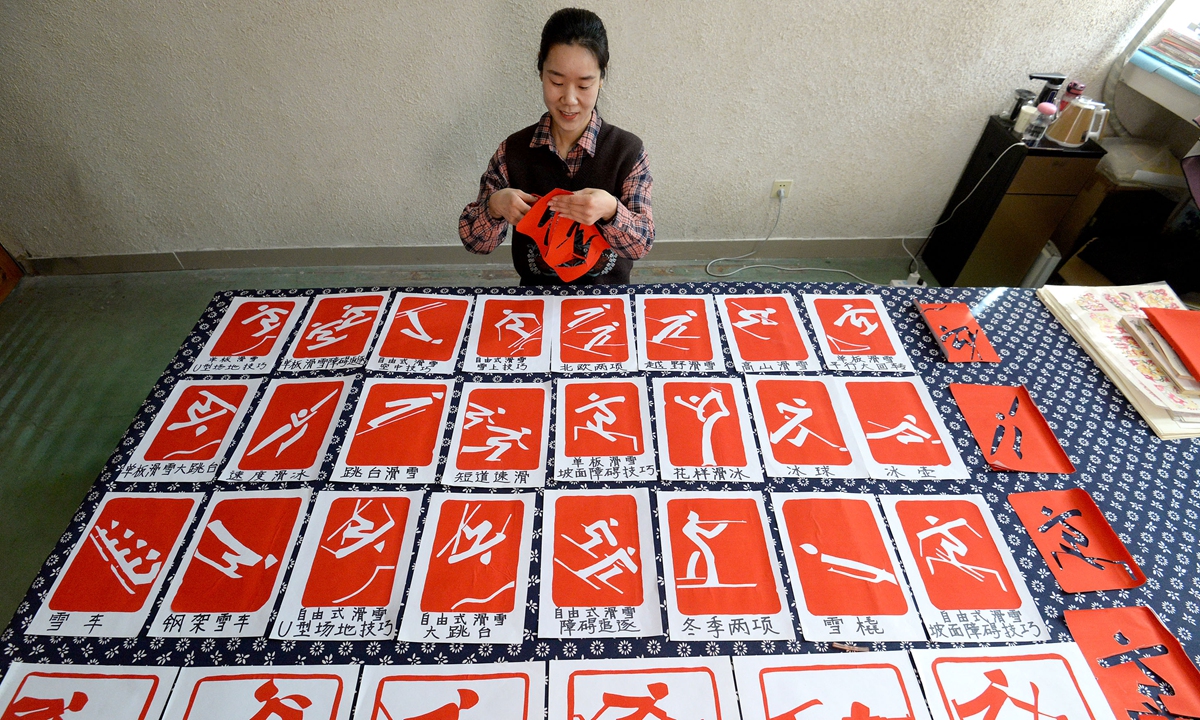
The Beijing Winter Olympic and Paralympic Games Committee also revealed 30 pictograms representing the many events at the Games that are highly reminiscent of Chinese seals, a type of the traditional stamp. The art of Chinese seal-cutting reached a peak during Qin (221BC-206BC) and Han (206BC-AD220) dynasties. The pictograms, inspired by Chinese characters, will be seen at the various Winter Olympic venues or on products.
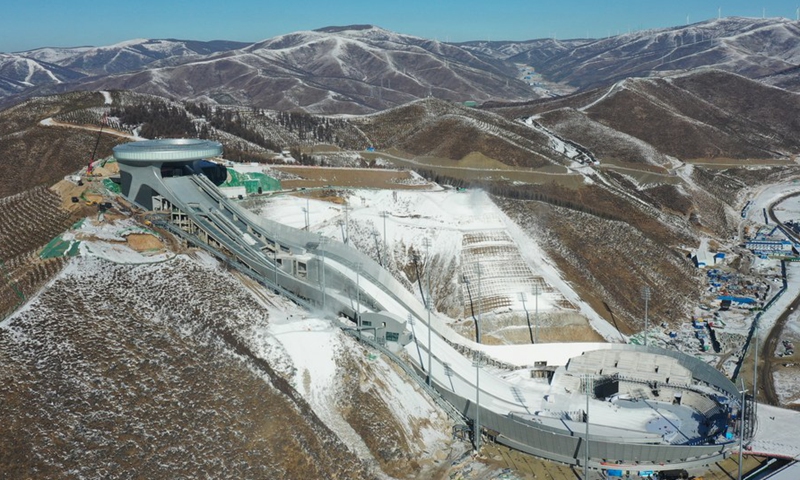
The National Ski Jumping Center is located at the Ancient Poplar Stadium Complex, an architectural complex located in an ancient poplar valley in Zhangjiakou, North China's Hebei Province. Named "Xue Ruyi," the design of the main stadium is inspired by the traditional Chinese ornament ruyi, a curved decorative object that serves as a ceremonial scepter in Chinese Buddhism. The main stadium will host eight events.
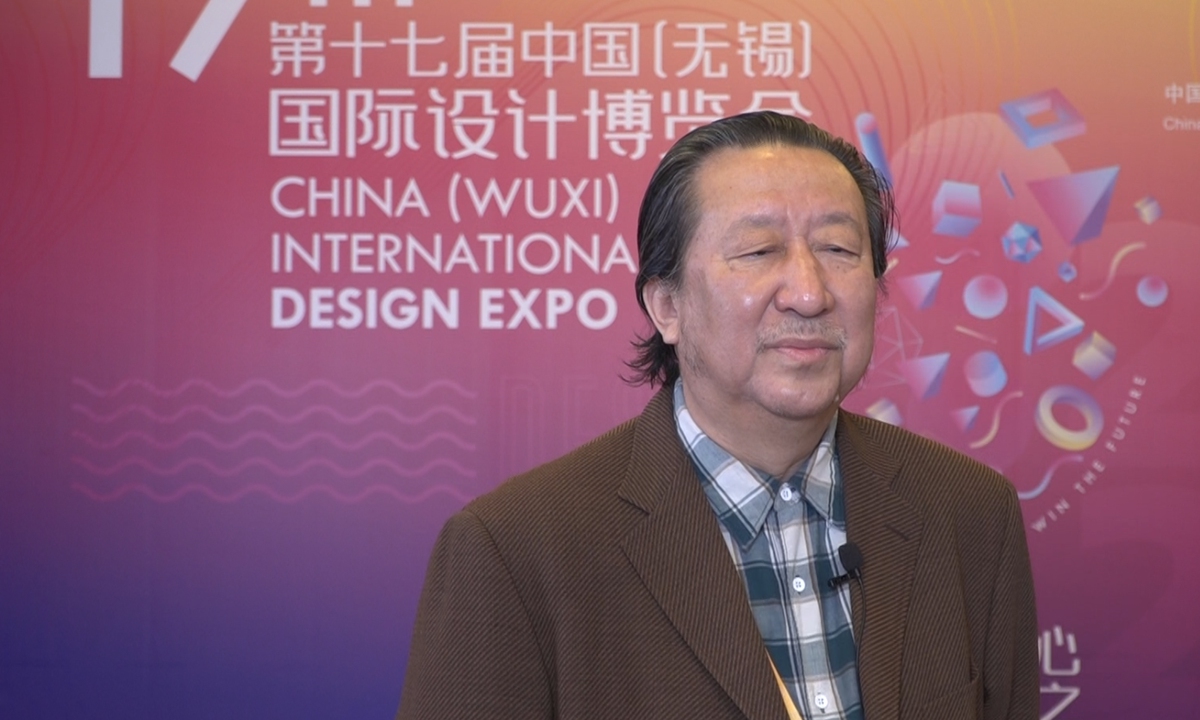
Speaking of these designs, Yang said he believes that "these cultural designs should be seen by everyone. It will be a good opportunity for people to learn more about winter sports through art."
"Current art education often focuses on Western aesthetics. We need such designs with Chinese elements. Apart from enhancing our physical education, they can also promote our aesthetic education based on the traditional Chinese art."
A cartoon giant panda named "Bing Dwen Dwen" and a cartoon baby red lantern "Shuey Rhon Rhon" were unveiled in 2019 as the mascots for the 2022 Beijing Winter Olympic and Paralympic Games. The Two mascots, which were revealed together at Beijing's Shougang Ice Hockey Arena, are strongly associated with the Chinese culture.

Photo: VCG
Giant pandas have been around for at least 8 million years. As a world-recognized "living fossil" as well as a national treasure, the creature once again represents China at the Olympic Games. The figure symbolizes athletes' health and strong physique, while the panda's restraint and kindness represent the balanced mind of the athletes.
The 2022 Paralympic Winter Games mascot Shuey Rhon Rhon originated from a Chinese lantern and symbolizes reunion and joy. Chinese lanterns originated in the Western Han Dynasty (206BC-AD25), more than 2,000 years ago. Schools in ancient times were opened on the first month of a year. At this time, parents would prepare a lantern for their children that would be lit by their teacher to represent wishes for a bright future. The snow on the figure's face comes from a Chinese fable in which winter snow represents the harvest for the coming year, while the deep Chinese red of its body symbolizes the Chinese New Year of 2022.

The emblem for the Beijing 2022 Winter Olympic Games is presented to the public on December 15. Photo: Cui Meng/GT
Entitled "Winter Dream," the emblem of the Beijing Olympic Winter Games is inspired by the Chinese character for "Winter" and therefore integrates an artistic form of Chinese calligraphy with a modern style.

Photo: VCG
The Beijing Winter Olympic and Paralympic Games Committee also revealed 30 pictograms representing the many events at the Games that are highly reminiscent of Chinese seals, a type of the traditional stamp. The art of Chinese seal-cutting reached a peak during Qin (221BC-206BC) and Han (206BC-AD220) dynasties. The pictograms, inspired by Chinese characters, will be seen at the various Winter Olympic venues or on products.

Aerial photo taken on Dec. 21, 2020 shows the National Ski Jumping Center in Chongli District of Zhangjiakou City, north China's Hebei Province. (Xinhua/Yang Shiyao)
The National Ski Jumping Center is located at the Ancient Poplar Stadium Complex, an architectural complex located in an ancient poplar valley in Zhangjiakou, North China's Hebei Province. Named "Xue Ruyi," the design of the main stadium is inspired by the traditional Chinese ornament ruyi, a curved decorative object that serves as a ceremonial scepter in Chinese Buddhism. The main stadium will host eight events.

Yang Xiaoyang, vice chairman of the Chinese Artists Association, is being interviewed during The 17th China (Wuxi) International Design on Monday. Photo: Courtesy of the Expo
Speaking of these designs, Yang said he believes that "these cultural designs should be seen by everyone. It will be a good opportunity for people to learn more about winter sports through art."
"Current art education often focuses on Western aesthetics. We need such designs with Chinese elements. Apart from enhancing our physical education, they can also promote our aesthetic education based on the traditional Chinese art."
